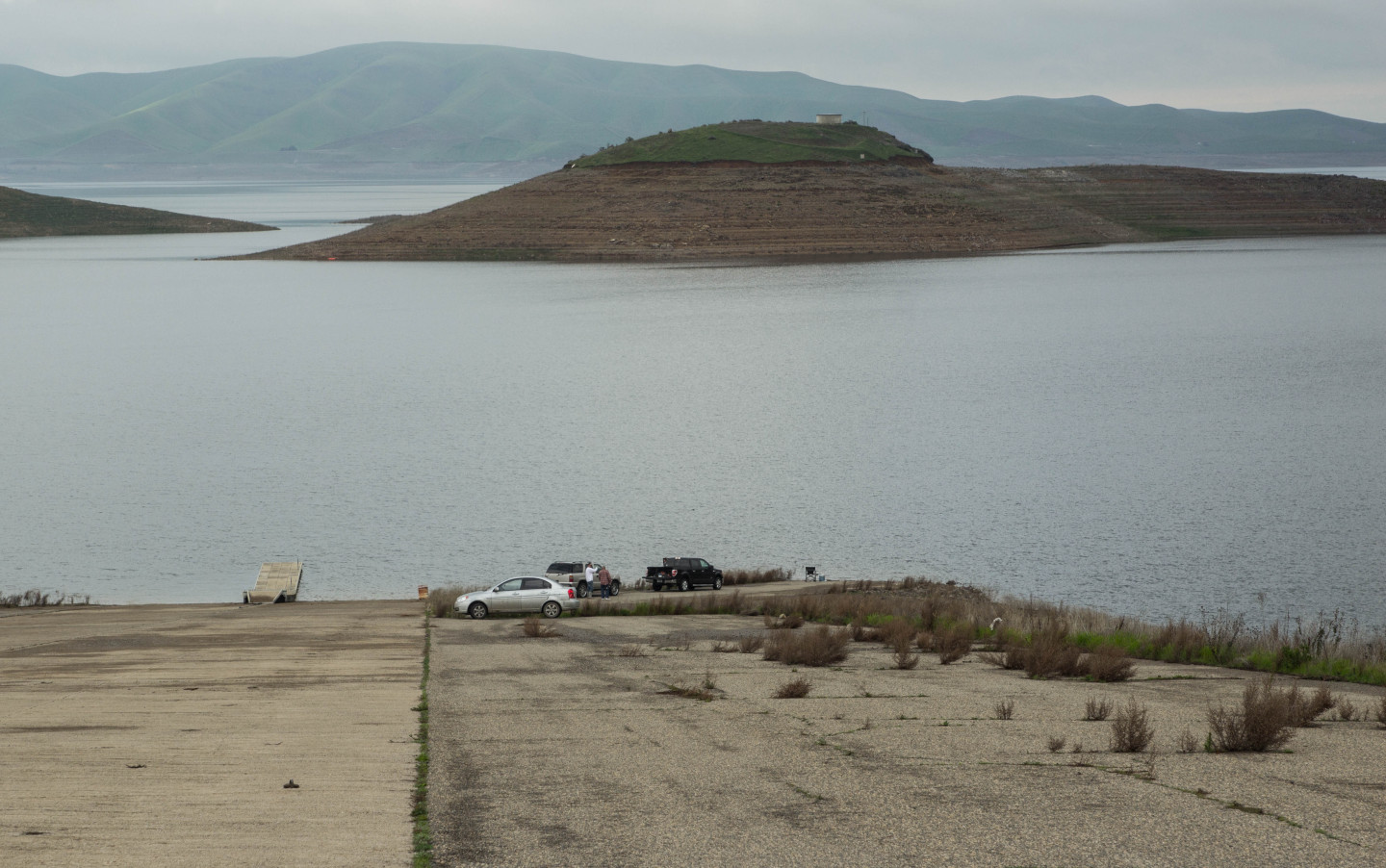The Field Poll has been surveying Californians in good times and bad for decades, and rarely does it find respondents unanimous -- or virtually unanimous -- on anything.
In the weeks after the 9/11 terror attacks in 2001, the poll found 83 percent support for military action against whoever was responsible. Summary: Five of six say, "Bomb 'em."
In September 2010, Field recorded its record low rating for the California Legislature, with 80 percent disapproving of how lawmakers were doing their job (and just 10 percent approving). Summary: Four of five tell solons, "You stink."
Those are pretty big numbers. But now the poll is out with an even bigger one that suggests drought and water worries have brought Californians together in a way that not even Osama bin Laden and legislative incompetence could.
A new Field Poll finds that 94 percent of Californians view the drought, now in its fourth year, as either extremely (68 percent) or somewhat (26 percent) serious. Just 5 percent said the drought, which has resulted in deep cuts to surface water shipments to many Central Valley farmers and has led to a dramatic increase in groundwater pumping, is not serious. One percent of the 1,241 registered voters surveyed said they had no opinion.

